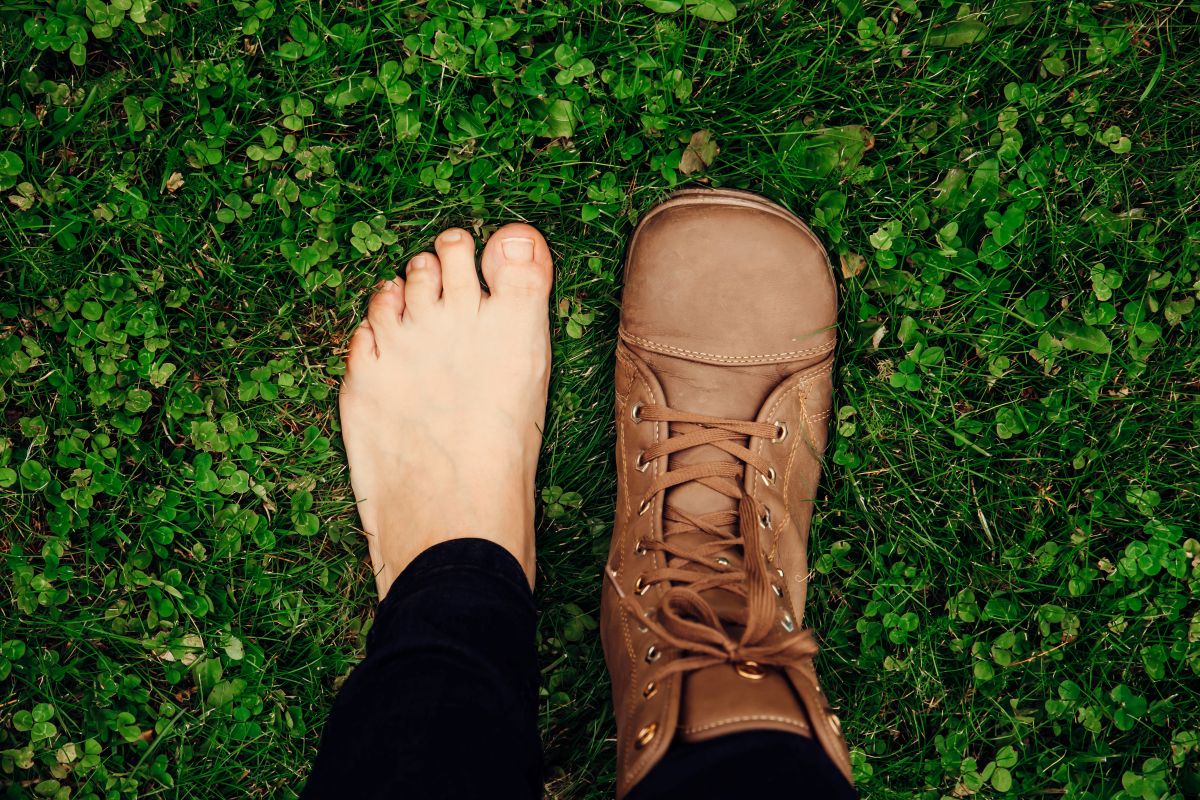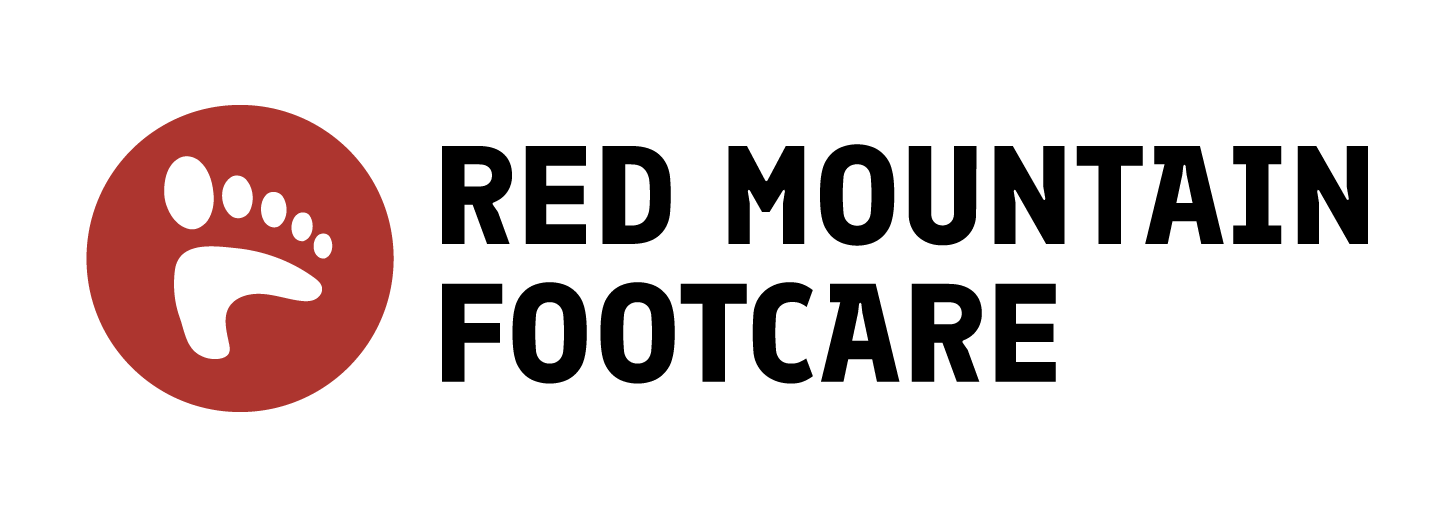Barefoot Shoes: The Pros, Cons, and Podiatrist Insights

Barefoot shoes have surged in popularity in recent years, particularly in some fitness niches like running. The driving force behind this trend is emerging research on the benefits of going barefoot. While there is some evidence to support barefoot movement for improved foot strength and gait, not everyone is a great candidate for barefoot shoes.
Many podiatric concerns are traditionally addressed with more shoe support, not less. Orthotics, braces, and mobility devices are sometimes necessary to correct foot issues and promote recovery.
This blog explores how barefoot shoes are designed, who might benefit from them, and what to consider before making the switch.
Understanding Barefoot Shoes and Their Unique Design
Most barefoot shoes (also called minimalist shoes) are designed to emphasize natural foot function. Rather than relying on rigid structure or thick soles to cushion the foot, barefoot shoes encourage the wearer to rely on the foot’s natural strength and flexibility. The shoes are often designed with a wide toe box, minimal cushioning, and almost no heel-to-toe drop.
Proponents of barefoot shoes often highlight the importance of sensory feedback. The thinner shoe design makes it easier to feel subtle shifts in walking surfaces. Instead of relying on shoe structure, barefoot shoes allow you to adjust in real time to the environment underfoot.
Are Barefoot Shoes Suitable for Everyone?
Barefoot shoes are not a one-size-fits-all solution. They may benefit people with healthy feet, good balance, and no existing structural foot issues. Younger adults, athletes, and individuals looking to improve foot strength or posture often find barefoot shoes appealing.
Although minimalist shoes are often touted as a treatment for common foot conditions, more research is needed. Many people may require other interventions to correct their foot issues before they can safely wear barefoot shoes.
Who Should Be Cautious When Considering Minimalist Shoes
It’s important to remember that while minimalist footwear offers benefits for some, it may cause harm for others. People with medical conditions like diabetes, neuropathy, or poor circulation should be very cautious with barefoot shoes. The lack of protection and support makes the foot more vulnerable to injury.
Those with pre-existing foot conditions like bunions, flat feet, or plantar fasciitis may not be good candidates for barefoot shoes. Other treatments can help manage pain from these conditions. Strengthening exercises or custom orthotics offer effective, long-term options.
Potential Benefits of Barefoot Shoes
1. Strengthening Foot Muscles and Arches
One of the primary claims of barefoot shoe advocates is the strengthening of foot muscles. Some studies do show that people who switch to a more minimalist shoe can develop more muscle tone and function in their feet.
This increased muscle strength can support arch strength and help maintain the natural structure of the foot. Over time, this may result in improved foot stability and potentially fewer injuries from weak or underused muscles.
2. Encouraging Natural Gait and Better Shock Absorption
Minimalist shoes also aim to promote a more natural gait by encouraging wearers to land midfoot or forefoot. Gait refers to a person’s walking patterns, and abnormal gait can lead to a range of other problems. While barefoot shoes can help people find a healthier stride, they are not a treatment for gait disorders.
More often than not, abnormal gait indicates a more serious issue. Changes in gait can range from subtle to significant, but should always be evaluated by a medical professional. If you feel out of balance or stiff, or notice yourself shuffling more, contact a podiatrist.
3. Improved Balance and Sensory Feedback
Because barefoot shoes allow more ground feel, some wearers may notice improved balance and coordination. The increased proprioceptive input of your foot meeting the ground can be good for overall body awareness.
Proprioception is the body’s ability to understand where it is in relation to its surroundings. This “sixth sense” is important for balance and coordination. Stronger proprioception helps your body make small adjustments in real-time, without having to focus on the movement. A great example of this is walking up stairs: You naturally adjust your strength and effort to different stair heights.
Improving proprioception is a great way to improve stability and prevent falls. New shoes can help, but work best when combined with other mobility training.
Risks of Switching to Barefoot Shoes
1. Transitioning Too Quickly Can Cause Injury
The most common risk when adopting barefoot shoes is making the switch too fast. Going from supportive, cushioned shoes to minimalist footwear overnight can overload the foot’s muscles, tendons, and bones. Always consider your personal health, foot structure, and lifestyle before making the change, and consult a podiatrist if you’re unsure.
2. Environmental Hazards and Lack of Protection
Barefoot shoes offer less protection from environmental hazards. Without thick soles, your feet are more exposed to sharp objects, uneven terrain, or hot pavement. People living in urban areas or hiking on rugged trails need to be especially careful to avoid cuts, bruises, or puncture wounds.
3. Not Ideal for Everyone
Barefoot shoes could be the wrong choice if you have a history of foot pain, joint instability, or poor sensation in your feet. For those individuals, traditional shoes or prescribed orthotics may still be the best option for overall foot health.
Other Ways to Manage Foot Strength and Stability
Whether you want to incorporate barefoot shoes or not, you can still work on strengthening your feet. Simple at-home exercises can help build foot strength, improve stability, and manage pain.
Adding special shoe inserts called orthotics can also support your foot’s natural structure and correct imbalances. If you consistently experience arch pain, heel pain, or chronic foot fatigue, it might be a sign you need orthotics. A podiatrist can help determine whether you might benefit from the extra support of an orthotic.
Ready to Take the Next Step for Your Foot Health?
Whether you’re curious about changing shoes or just need help managing foot and ankle concerns, our team of experts is eager to help. Schedule an appointment today for a thorough evaluation and custom care plan.
